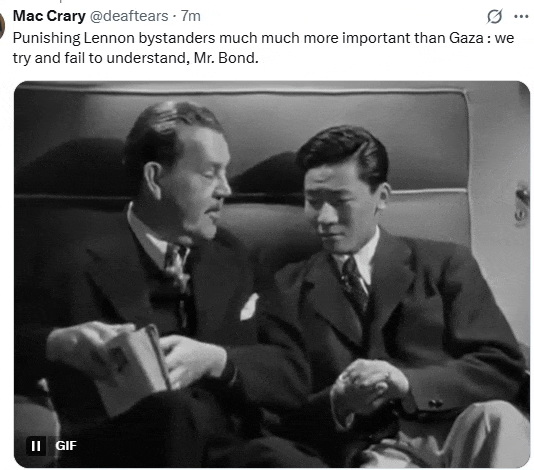Although attended by malicious rumors, Native Americans engaged in a new ceremony as they were being painted for a lost race. Indians were moved to the ghost dance in the rapture of last agonies known in other cultures as the dance of death. They exhibited traits of faith, supplication, appeal and prayer for resurrection. Such themes have suggestions of influence from long association with the Church.
Natives had contact with Christians beginning with the Jesuits and this socialization contributed to their diplomatic hope for reason and sound judgment from the white man. Conquest may have inculcated some European mysticism into their animistic beliefs resulting in a hybrid emergence that is not to be derided. Based on creative approach to their separate psychic reality and need for emotional survival, the continuance of dream theory and spiritual meditation, their dances unfortunately gave rise to perverted sneers and tales to scare children by in the lofty minds behind the covenant of the cavalry.
These dances had an aspect of escape behavior that made them no less threatening to the fiendish imaginations of the white, looking to promote a stereotype to kill them by. The dances were met with taunting and lampoon, sinister gyrations of Christian burlesque melodrama as the observers feigned a cringe of dread and then, in all bellicosity, set upon mayhem.
Even if the ghost dance constituted a disordered perception straying from ancient practices and beliefs, possibly due to pressure from complicit subculture, the presence of Indians who befriended the whites, associated with them, converted, and putting their own safety aside provided them allies and guides long after the die was cast, it had enough of the original proud ceremonialism of the old tribes to be taken for a legitimate last rites, while the morbid would only have whispered of Lucifer about them.
The cavalry and gold rush varmints took on agents from the Indians causing terrible friction under the cloak of old tribal wars, and this must have been catastrophic and dislocating to the wisest Native Americans and their understanding concerning their place during a time of apocalyptic loss.
What drove Black Elk to the depths of blackest despair was the personality of the betrayers. No doubt the sound of them singing their own praises rang in his ears as he tried to utter his anguishing agony; he spoke of those who had given the Indians the choice between quietly and magnanimously accepting murder and going to their graves with the smiles of their humanity to choke up a few prayers and happy memories to testify to in later centuries, or they could resist and suffer vilification under the sword and pistol of many unjustified ravages. Great Spirit, lisped the connivers, would reward you to surrender your arms that we might efficiently send you to your graves. Thus was their white flag of surrender interpreted.
The fact that they were part of nature would have required the Lakota Ghost Dance even if they were doomed. Double-crossing the half-wit analysis offered by most historians is a charming assignment. As respectable as Gen. Custer and Gen. Sherman’s contribution in the war of Emancipation may have been, the booming sudden attacks and fusillades of slander that are a signature trait of the 7th Cavalry at Wounded Knee linger in dark images with the ugliness of those with no remorse, without honor from head to toe. The despondent message and bleak judgment of Black Elk was well-founded, but arguably untrue on the level of the sacred tree. The foulest hearted louts of premeditation made a mockery of God’s love (of gold of course) by if/then soothsay.
